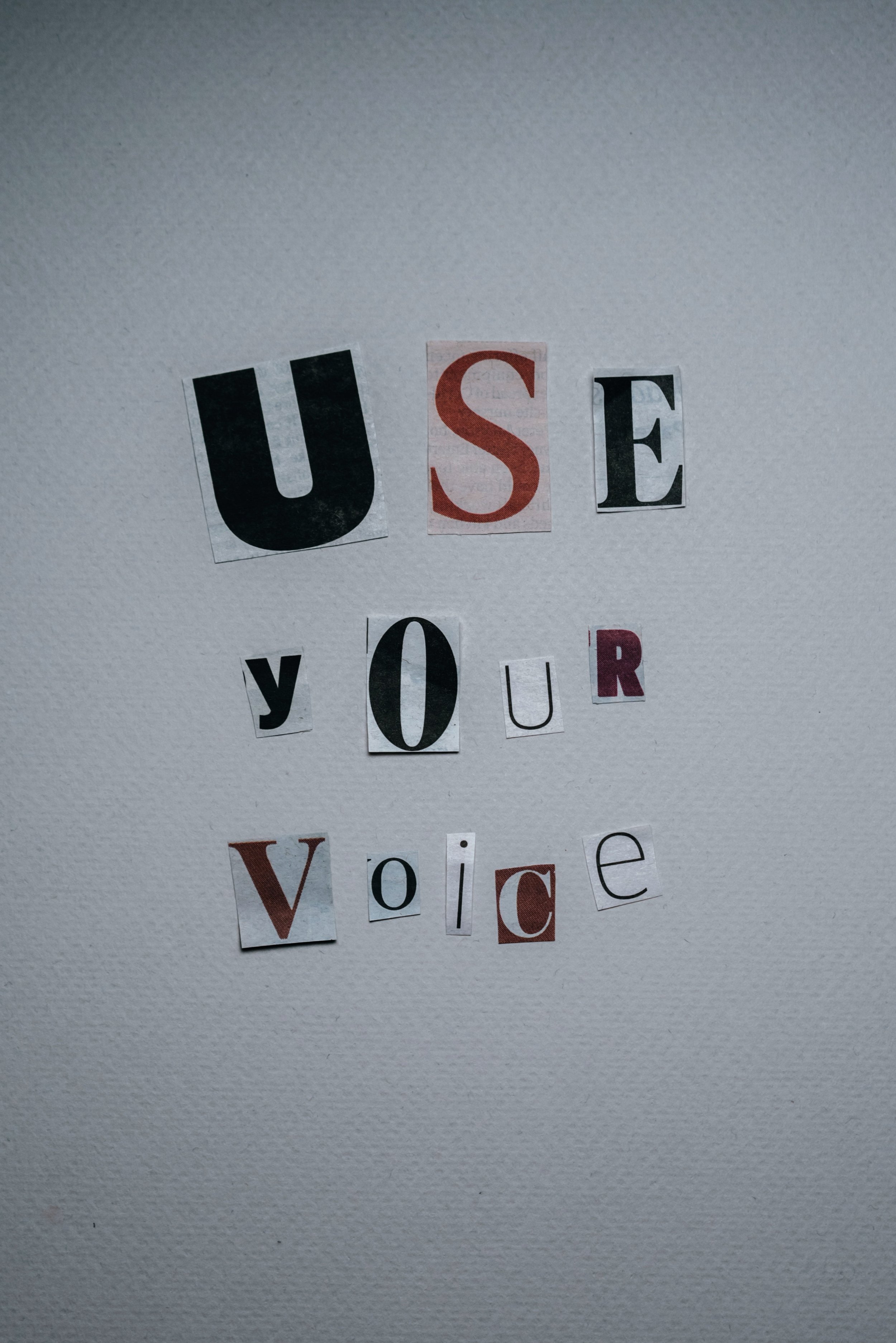10 Steps to Set Healthy Boundaries
Last month we introduced the concept of boundaries. This month, we’ll explore how to set, hold, and respect boundaries. There’s nothing mysterious about it. These are skill sets. They are learned initially by observation and modeling within the the family of origin. Later experiences serve to further our understanding of boundaries.
Opportunity for Personal Growth by Setting Boundaries
If you have not had models and experiences to learn healthy boundaries, it's likely that your own boundaries are askew. You may not even be aware that unhealthy boundaries contribute to challenges in your life. Boundaries enhance emotional health and they are, at the same time, created by people who are emotionally healthy.
People with poor boundaries tend to be of two types. The first are those who take too much responsibility for emotions and actions of others. The second are those who expect others to take too much responsibility for their emotions and actions.
What Are Healthy Boundaries?
Healthy boundaries involve TAKING RESPONSIBILITY FOR YOUR OWN ACTIONS AND EMOTIONS while NOT taking responsibility for the actions and emotions of others. Healthy boundaries will not solve every issue in your life, but as you begin to build and respect heathy boundaries, you will over time notice differences in self-esteem, confidence, peace of mind, and emotional well-being.
Steps to Building Healthy Boundaries
The good news is, even if you didn’t learn healthy boundaries from your family, thanks to the neuroplasticity of the brain, you still have the opportunity to develop and fine-tune your boundary skill set. There are many ways to build healthy boundaries. Here are a few:
Identify your physical, emotional, and energetic limits for yourself. Before you can set boundaries with others, you have to know for yourself where your limits are.
Pay attention to your discomfort. If you feel discomfort in your body, resentment, guilt, exhaustion or other forms of discomfort when interacting with another… listen to these internal messages. They are usually indicators that boundaries are being violated in some way.
Clarify expectations: Communicate clearly your expectations and listen closely to the expectations of another. Once they are clearly defined the groundwork is laid for more healthy interactions.
Rewrite old programming: When beginning to practice setting healthy boundaries you may feel guilty, nervous, fearful. There are likely old messages from your childhood causing internal conflict. Acknowledge the old messages, let them go and give yourself permission to practice your new skills.
Observe yourself: As you practice your new skills in limit setting and honoring the boundaries of others, note for yourself when you find it easier and when it is more difficult. Use this awareness to get more proficient.
Look for reciprocity: Assess your relationships and interactions with others. While in long-term relationships there may be times and circumstance when one person does more to support the other, this should be the exception rather than the rule. If the relationship is not balanced and reciprocal on an ongoing basis, boundaries are unhealthy and so is the relationship.
Fill your cup before you try to fill another’s. In giving to others it is healthiest if you give from a place of surplus rather than deficit. Give yourself permission for self care. While others may accept what you give them from your place of deficit, you both likely feel the underlying resentment even if subconsciously. This type of giving burns you out and ultimately harms the relationship.
Set boundaries early. If boundaries are set and held before they are pushed to the point of intolerance and frustration, you will be able to set them with more compassion and less anger. This approach can help to lessen guilt.
Share your plan: In trying to practice healthy boundaries and give yourself permission to change your interactions with people in your life, it is often helpful if you share with those individuals that you are taking on this; and that your goal is to have healthier relationships with them. It can reduce your internal struggle and help them feel less confused by your change in behavior.
Be realistic. Set reasonable goals for change. Don’t expect everything to change over night. Take it one step at a time, one relationship at a time, one interaction at a time. Over time your life can change for the positive.
Practice Makes Perfect (or Better)
Remember the more you practice anything the better you get at it. Don’t be dismayed if you find yourself missing opportunities to respect, set or hold boundaries. Just keep practicing and observe how the changes enhance your overall well-being.
Embrace the Power of Healthy Boundaries
Setting, holding, and respecting healthy boundaries is an essential aspect of emotional well-being and cultivating fulfilling relationships. By recognizing the importance of boundaries and actively working on building and strengthening them, you can experience positive transformations in your life.
Embrace the opportunity for growth, practice the necessary skills, and be patient with yourself. As you navigate your journey toward healthier boundaries, you will find greater self-empowerment, improved relationships, and enhanced overall well-being.
Related Posts






